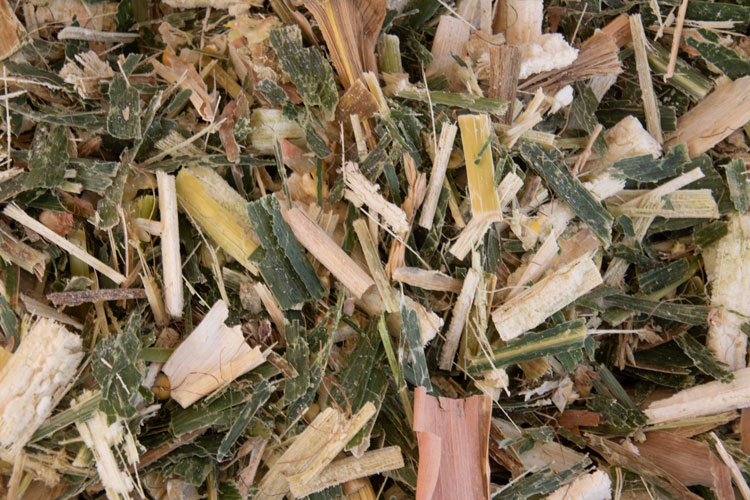
There’s been no shortage of stories on the abysmal start to the forage season this year. Alfalfa winterkill, drowning rains, replanting, and more recently dry conditions have left a concerning state of forage across the country.
As Midwestern minds turn to the end of alfalfa season and the beginning of corn silage harvest, preserving the crop that has been grown should be top of mind. U.S. Dairy Forage Research Center specialist Kevin Panke-Buisse shared in a recent Midwest Forage Association Focus newsletter that inoculation has well understood benefits from a preservation perspective but also more poorly understood animal performance advantages.
“Inoculation has a larger potential effect in suboptimal conditions in which the native lactic acid bacteria population is often limited or spoilage organisms (clostridia, yeasts, and molds) are stronger competitors,” he said.
That’s specifically applicable this year given the variety of maturities among and within fields due to the growing conditions highlighted above. Whether located on the plant naturally (native) or applied through inoculation, lactic acid bacteria is vital to the preservation process. Provided in adequate amounts, it rapidly lowers the pH of the silage and offers aerobic stability in the ensiled silage.
The questions to consider this year are: What is the likely microbial load in the forages being harvested and would an inoculant help speed the fermentation process? If it’s good forage being harvested, is the inoculant even needed?
Panke-Buisse said data indicate a significant and consistent improvement on milk yield and milkfat and protein production in cows fed bacterially inoculated ensiled forages. However, the mechanism for this improvement is more unclear. He proposed that inoculants impact on forage digestibility, dry mater intake, protein breakdown, and preservation of water-soluble carbohydrates likely all play a part.
The question he raised then was, does it make financial sense?
“When it comes to a decision about whether to inoculate forages, current evidence is strongly in favor of inoculation for temperate and tropical grasses and legumes. With corn, sorghum, and sugarcane, it is less clear,” he wrote. “For the farmer looking at the cost-benefit ratio of inoculating these forages, it is important to account for the variability of on-farm conditions when assessing silage quality and potential animal performance benefits.”








